Article: Trekking Poles
Introduction
If I had been asked six months ago, writing an article about trekking poles was something that wasn’t remotely on my list of things to do. Mainly because I didn’t own a set of trekking poles or have the slightest of plans to purchase some.
It wasn’t until I started training for an 80km hike that I started thinking about them. Whilst my fitness was able to keep up, certain body parts were not. I felt like no matter how much I trained, whenever I was pushing hard through steep descents or out for a long time my knees would give up soon after. The general play from then on would be a mixture of limping and crab walking back home.
So when I decided to do 80km through the mountains, a 3500m decent was part of it and a probable stumbling back involved.
Prioritising Performance
As a desperate attempt to squeeze all and any performance out of myself possible, I made what has recently become a common narrative and travel down to the Decathlon in my town to pick up a set of trekking poles.
I remember thinking, worst case scenario, I loose €30 but at least have a pair of walking sticks for when I do eventually rupture my knee cartilage. Best case scenario, I save my knees and manage the hike. The main issue I had with the trekking poles in the past was that in some stupid sort of way, I consider myself a ‘slick hiker’. Yes I just made that up and it’s totally ridiculous but unfortunately, I’m the kind of person that would hate to be bundled in with the bright colored wearing, map and binocular sporting stereotypical ‘hiker’.
But for once, common sense prevailed over ego and I went to get my first set of trekking poles with my tail between my legs hoping they would provide me with some sort of miracle.
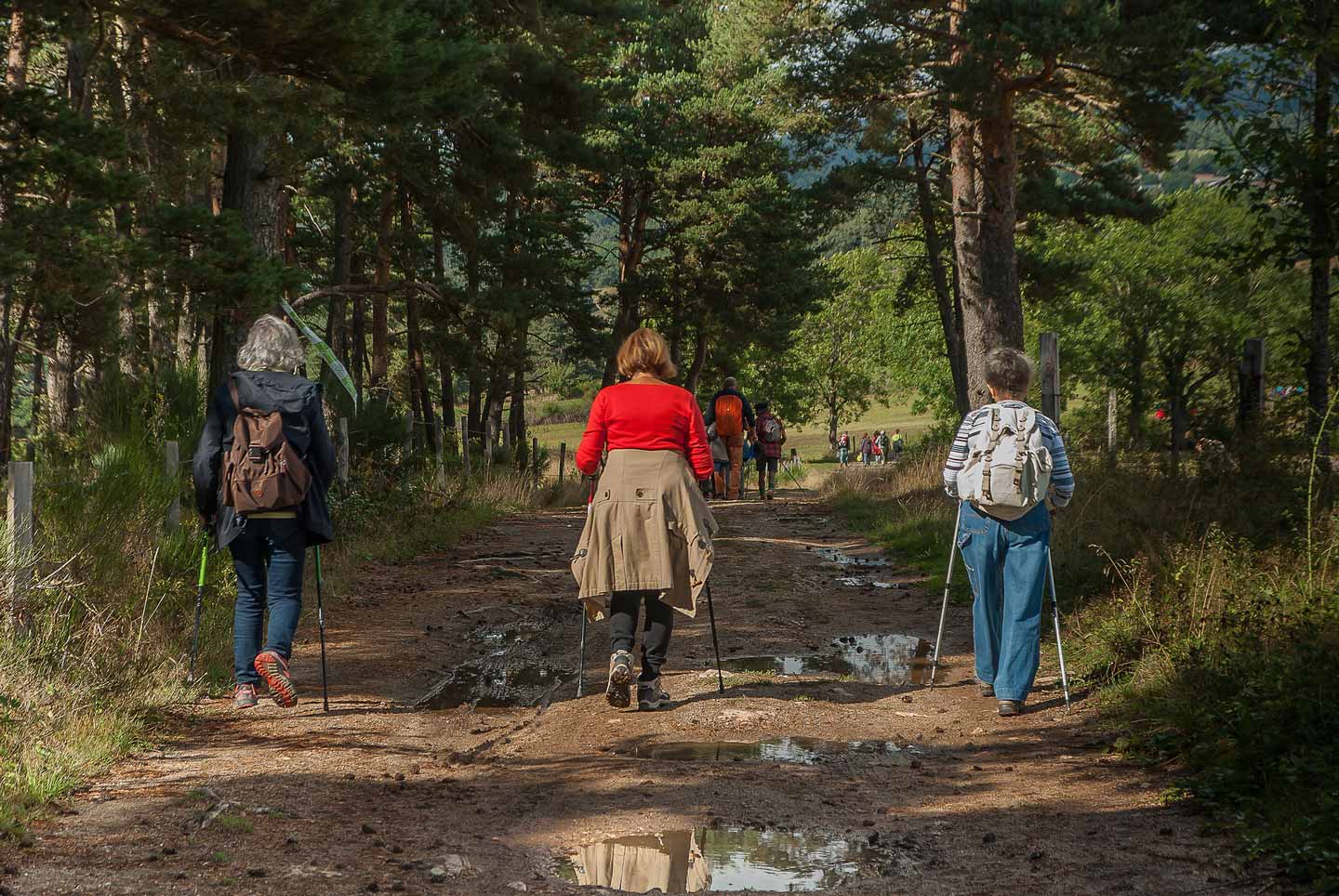
Not the image I wanted
Getting into bed with trekking poles
Disclaimer: nothing to do with polish hikers. In all honesty, I was that clueless about such a device. After I got home with them, the first thing I started doing was watching YouTube videos of how to use the suckers.
Just as I thought, there was plenty of primary colour wearing ‘hikers’ with interesting bandanas spouting the benefits of trekking poles with good and bad practices. I won’t go into detail here about how to use them, I’ll leave that to the Canadians but I will tell you of my reluctant but positive experience with them.
After watching two different videos, I decided to take them for a test drive. Tentatively waiting until I was out of a common area so to avoid bumping into familiar faces with my pointy new friends, I extended my poles and got to work.
I decided to take the steep trail along a route I go regularly when rucking. The surface is typical of a Spanish forest. Dusty, uneven and rocky. Not knowing what to expect I set-off but with an open mind of the experience secretly hoping that the new purchase would make me a trekking pole convert.
In the beginning, I must have looked like Bambi on ice. Stabbing myself in the foot several times, tripping over them and getting them caught in shrubs. The look wasn’t great but I also realized the path I chose for testing them wasn’t great either. It was narrow and had lots of overgrown shrubberies.
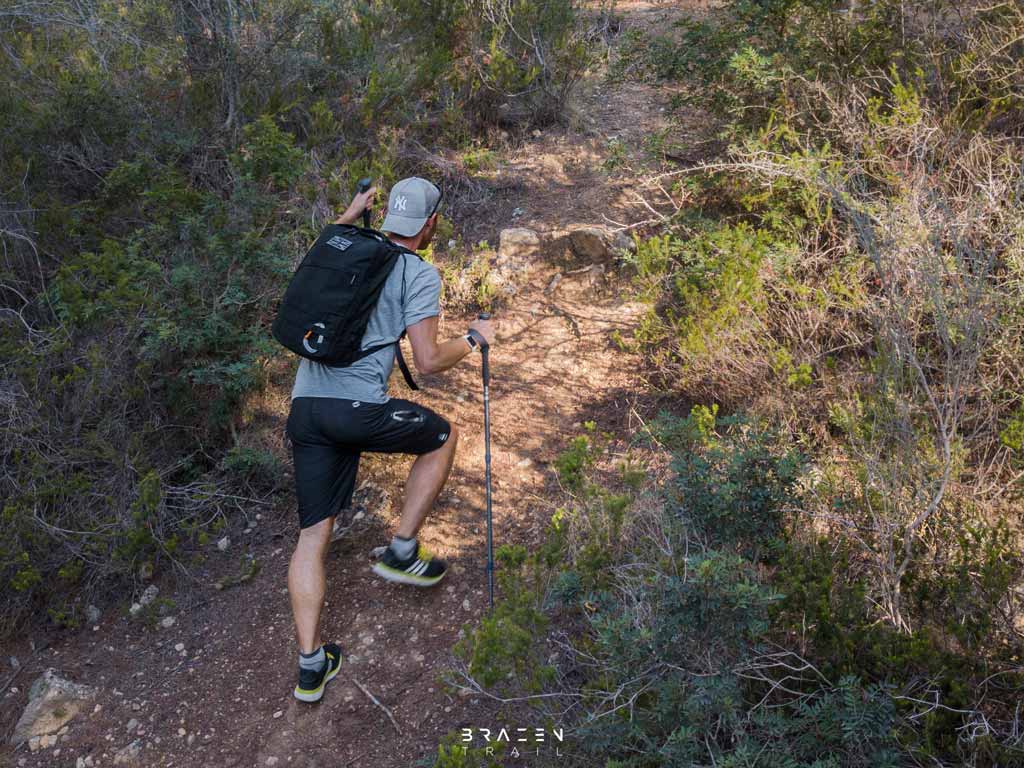
Ascending
It wasn’t until the pathway opened up and started a steep ascent that they came alive. All of a sudden there was no stopping me. I felt like a one-man stampede pacing up the hill.
The extra power that I was able to achieve through utilizing my arms was incredible. It was like having a rope you could grab to pull yourself up. By the time I reached the top, my arms couldn’t take anymore. The rush of being able to storm up a steep hill like a tank had taken over me and I had over-done it but it was worth it. On the selected trail, it normally involves a few slips and scrambles arriving at the top looking like a rat drowned of sweat but this time I looked like a kind of Bear Grylls on camera.
I now felt like I had mastered the sticks I once swore myself never to be seen with. King of the mountains. From now on, my speed would now be measured in ‘hikers-overtaken-per-hour’ instead of kph.
Descending
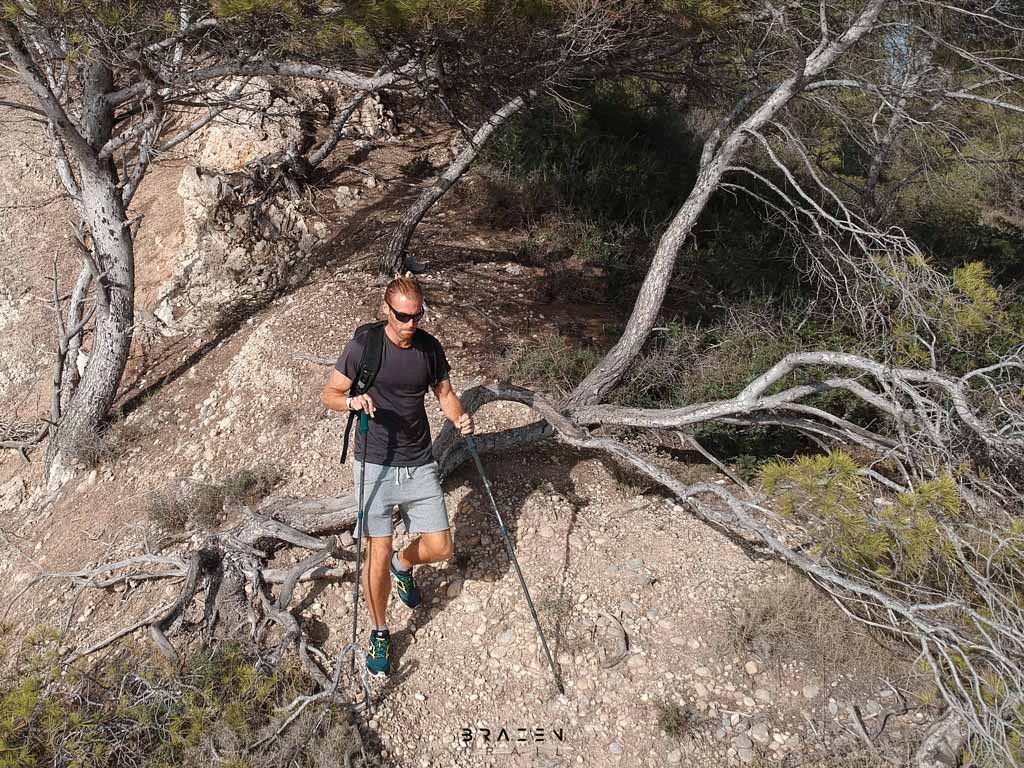
Time for the moment of truth. It was for descending after all that I bought them in the first place. After a brief strap training workout on top of the cliffs, I decided to head back home taking the same steep route.
Heading downhill was more cumbersome than I had expected. I now had an image of speed, pace, and power in my head. When going downhill, the trekking poles are used in a completely different manner. Whereas going uphill, they provide pace, power, and balance. Going downhill they slow you down taking the weight off of your lower body limbs. They force you into a graceful descent rather than a messy scramble. Think an elderly lady going down stairs holding on to the banister.
My frustration grew with them in this way. I often train for a time and I didn’t want something to slow me down, I wanted them to speed me up! The way they work when a descent is steep is to jab them into the ground in front of you, throw a heap of weight onto them through your arms and gently clamber down. It works, it really does. Whereas before, I would look out for the next tree to throw myself onto to either slow momentum or grab hold of in case of a fall I now didn’t need that, completely in control for each step. But the speed was frustrating.
It wasn’t until I returned home and reflected on the experience that I realized the slowing down was a good thing and part of their beauty. Normally after this route with a heavy ruck, I would feel some sort of stiffness in my knees but didn’t this day. I was now on the edge of being sold the concept of trekking poles.
The Real Test
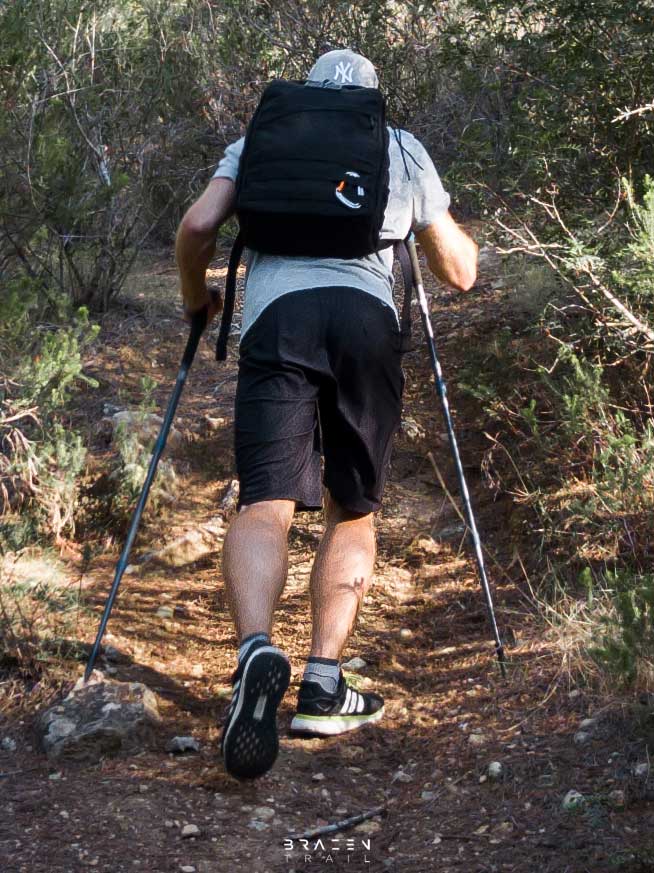
With only this one test drive in the bag, 4 days after their purchase I started my 50 miles, 20-hour personal hike-a-thon.
I was all prepared. Fitness levels were good. Water drops had been placed. My head was in the zone.
By working out the most optimal time to leave through a spreadsheet of projected arrival times (sad I know but I’m a techie, what can I say), my alarm went off at 01:30 in the morning and I left home at 02:00.
At 2 am, the streets were empty. All that could be heard was the clacking of my trekking poles walking through my neighborhood which was perfect given my uncomfortableness of being seen with them in public still. It did feel very unnecessary at the time. I had just started out, fitness was AOK but I thought I would take any little help that I could.
Just as before, when I reached the trails they kicked in, propelling me up steep ascents and powering me through the hills. As the sun rose I had reached a point of the trail that I know well. It is probably the biggest test of fitness. It’s a continuous steep ascent for 5km without shade or a decent place to rest. Even with all those weighted hill climbs and steps in training, this particular hill always killed me. Today however, was different. After traveling 30km already, with the aid of the trekking poles I was able to storm up the ascent like it wasn’t there. It’s not that you don’t get tired. You do. It’s that you can almost throw your body weight forward into the poles and use your arms to help pull you up.
Problems Ahead
If you have ever done any road cycling, it’s like the first time you discover SPD clip-in pedals. Being able to pull up with legs stokes makes all the difference. Whilst it’s not your primary propulsion force, it helps a lot.
The hike was going well and I was certainly most grateful for my new gadgets. No longer did I care about what people would think of me, I was smashing it.
All was going well until I reached the final summit. The route had been planned so that the main summit was halfway along the trek. The idea was that from then on it would be downhill and easy going.
It was at this point that the heavens opened and all hell unleashed upon me. Torrential sideways downpours, thunder, lightning and I was right in the middle of it. 1000m up in the air middle of it.
After a good drenching, the storm passed and I had reached halfway. My shoes were soaked. My socks were soaked. Everything apart from my bag and it’s content was soaked (I had a waterproof cover for that. Nothing for me though!).
From then on, the trip was a disaster. Whilst the weather came good, my feet did not. Waterlogged shoes and no spares to change into started to become a real problem. A spare change of socks didn’t help either. The entire bottoms of my feet slowly turned into one huge blister. Every step was agony but failure was not an option.
Conclusion
Without complaining too much more of the pain I was in, I will mention this. Had it not been for the trekking poles that day, there is no way I would have made my target time of 20 hours. I wouldn’t have been able to complete the hike at all.
By the end of that trip, I was relying more and more on the trekking poles. They were able to take just enough weight off my failed feet to carry me on the last few kilometres and complete the trip in 19 hours. Given the day I had had of a failed GPS (resulting in getting lost), extreme thunderstorm (resulting in the most damaged feet I’ve ever experienced) and slightly overreaching by doing the trip solo was a miracle.
For what it’s worth, trekking poles are still not something I use regularly on hikes though. I know my limits and what my body can take. For trips that I know will be tough which involve continuous steep ascents, slippery or technical descents or that are extremely long in length, trekking poles now come with me.
It also helps that I now have a convenient way of securing them to my pack. In areas where they’re not needed, the trekking poles can be stowed away and forgotten about.
I think that for anybody either wishing to save their limbs for use another day or someone that is starting to take their hikes further and push harder, trekking poles are a wise investment. Not the most exciting way to spend your money, I admit it. But sometimes performance, hitting goals and being able to fight another day are worth the compromise of looking like a Norwegian birdwatcher.
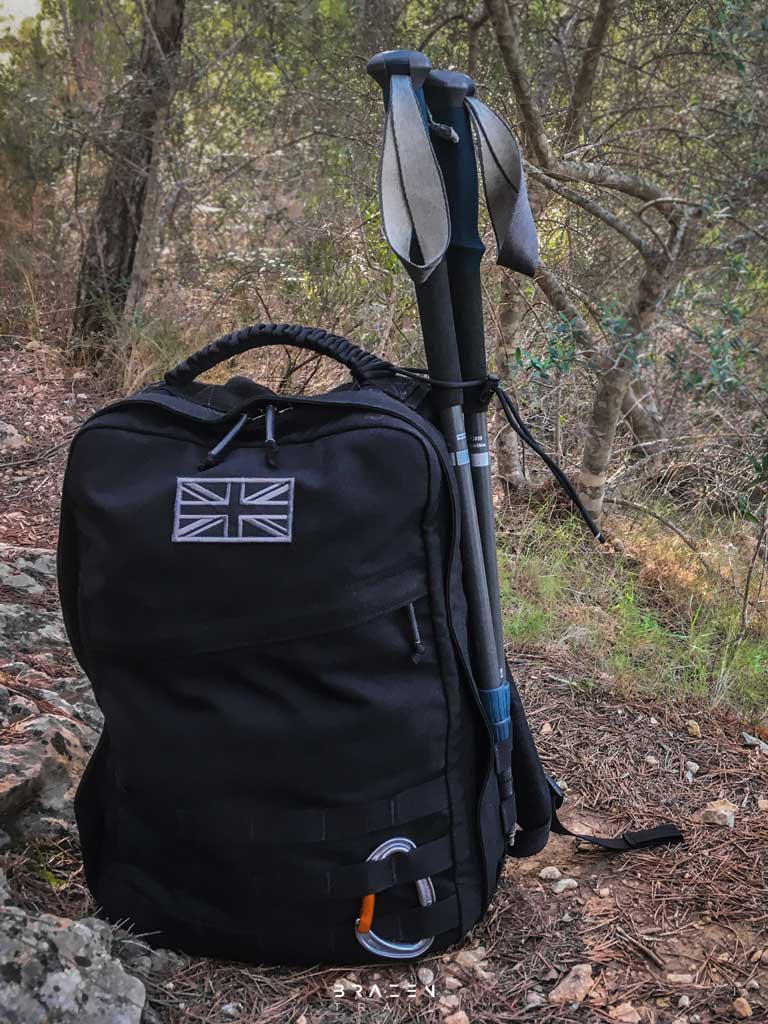

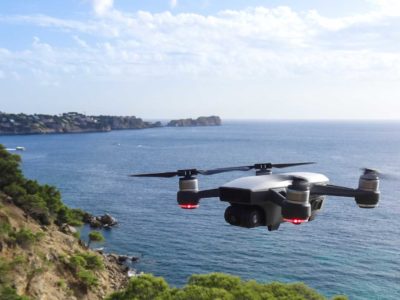
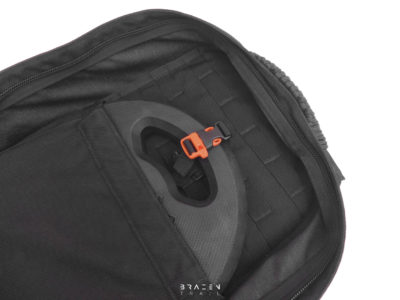
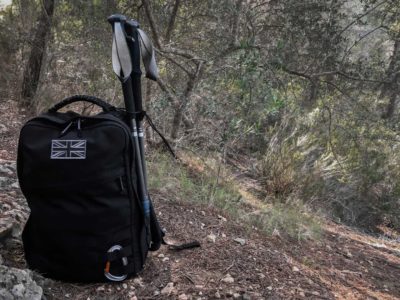
Leave a Reply